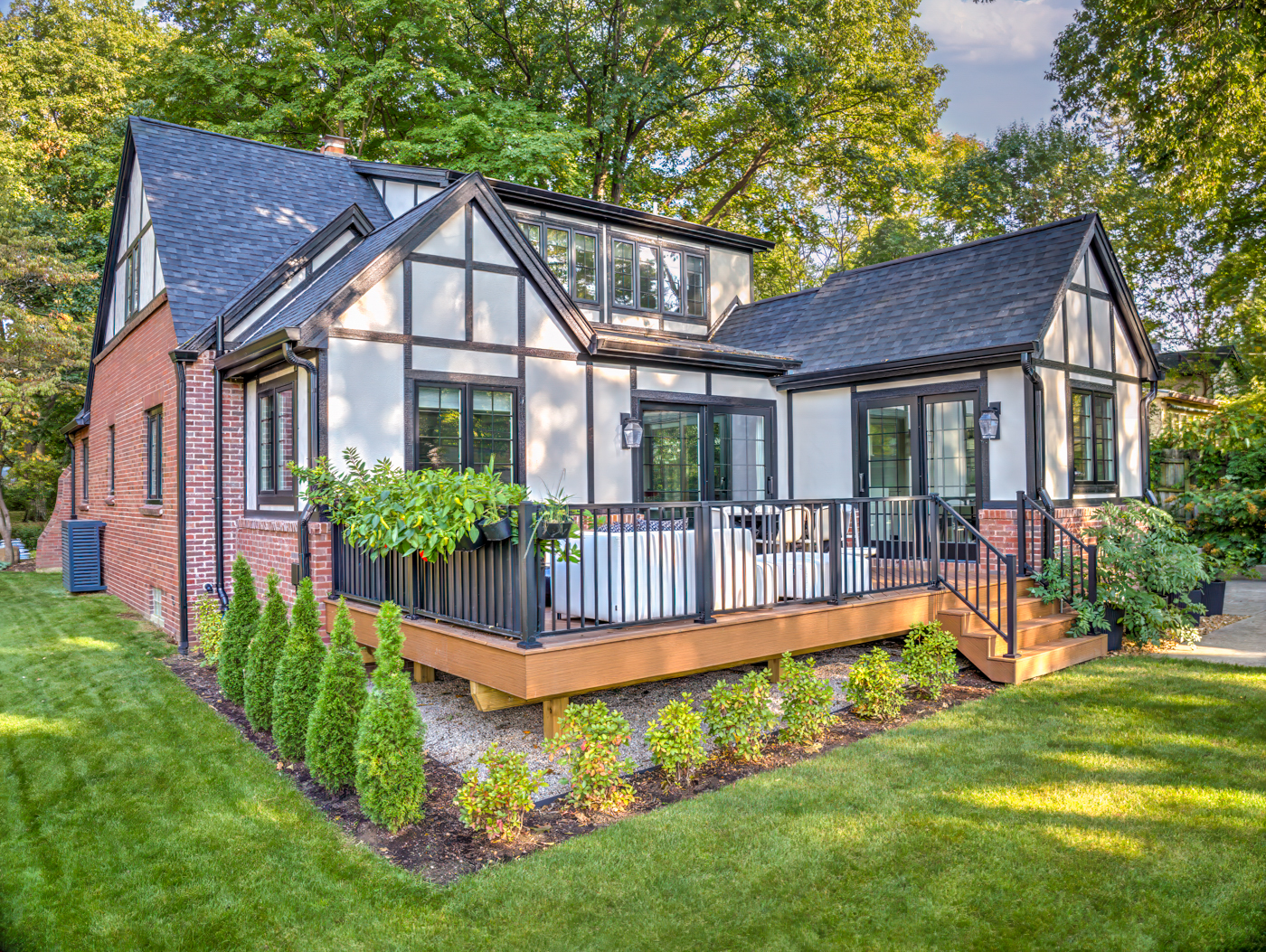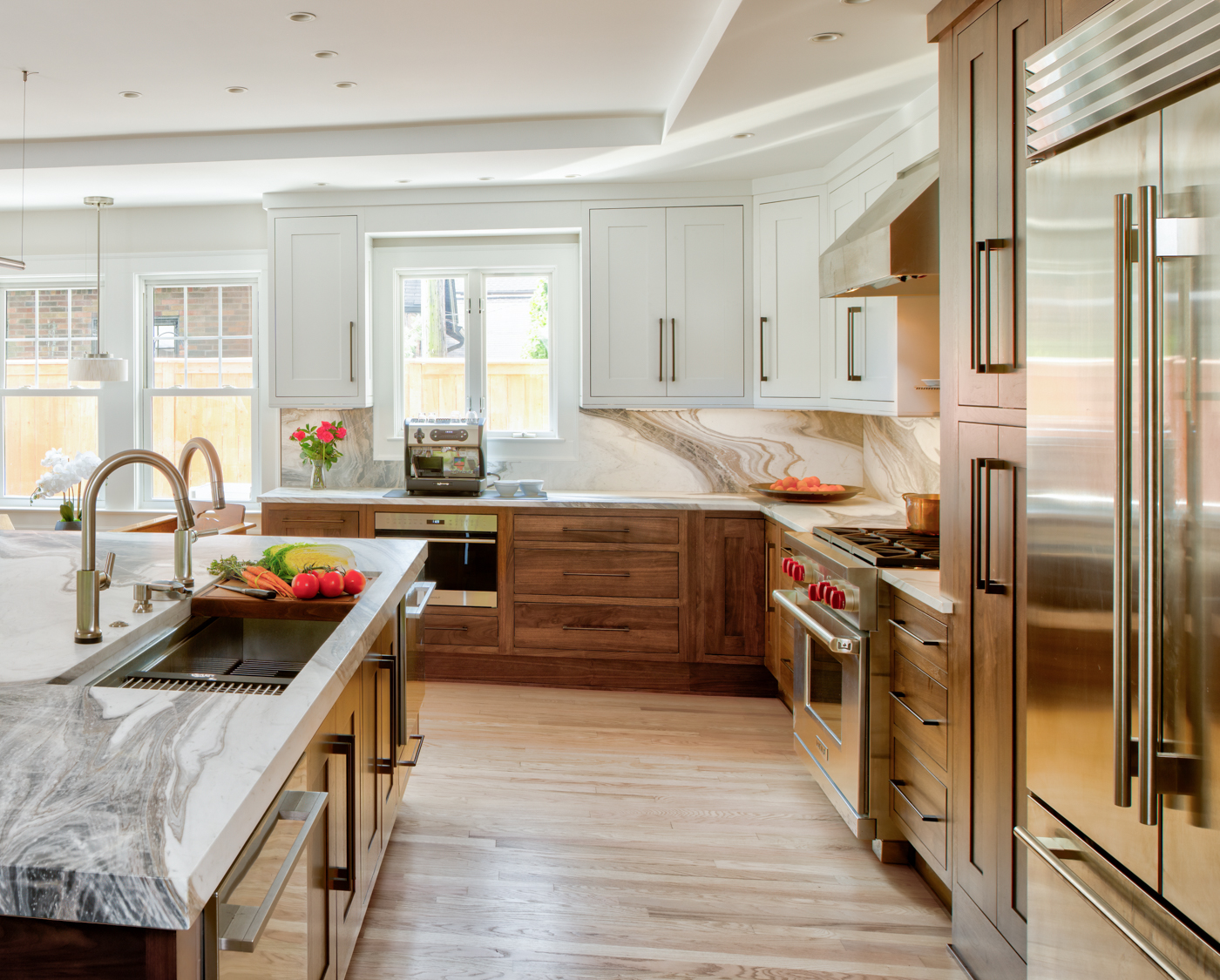With major labor shortages, cost fluctuations, and late majorities plaguing the construction industry, we need all the help we can get. Some of the relief we desperately need has come to us in the form of technology, not tradespeople.
Construction technology is a booming industry. Recognizing an opportunity, venture capitalists have infused construction tech-focused startups with $1 billion in just the first half of 2018. And it shows no signs of stopping.
While some of these developing technologies are geared more towards infrastructure and major commercial jobs, there are a few technologies that help us all whether we’re building a home or a high rise.
Here are 4 technologies changing the way we construct residential spaces.
Mobile Technology

Long gone are the days of lugging hundreds of paper drawings around a job site, updating each tiny change or mistake in a plan. Mobile construction apps connect everyone on a site, from the foreman to the floor coverers.
Not known for its early adopter habits, the construction industry is catching on quite quickly thanks to the user-friendliness of apps like PlanGrid, Fieldwire, Bridgit, and Procore. And that’s just a few of them.
Drones

Accurately mapping and planning a construction zone from the ground used to be a tedious, time-consuming process that didn’t always provide accurate data. High-resolution images taken by drones find obstacles, recognize safety hazards and help to create 3D models.
In residential construction, drones are the perfect communication tool. Not only can you use drone footage and images to aid conversations about design, changes, and progress, they double as marketing material in the future. Pro tip: Killer drone shots sell.
3D Printing

Selling a dream can be a difficult job. Using 3D printing, designers and contractors are able to provide a tactile rendering of their project to communicate their vision more accurately than a photo or drawing.
In addition to modeling, 3D printing has become an accepted construction material in many residential applications. In fact, at this year’s SXSW festival, tech startup ICON and housing non-profit New Story 3D-printed a 650 square foot home in less than 24 hours for less than $10,000. Inspired?
Virtual Reality
Virtual reality is changing the jobs of designers, architects, homebuyers, and real estate agents. VR can show and sell a home before construction has even begun. Immersive VR walkthroughs allow real estate agents to suggest updates and color schemes without an on-site visit. Homeowners are able to tour their new kitchen before any official plans are drawn.
This isn’t science fiction anymore.





